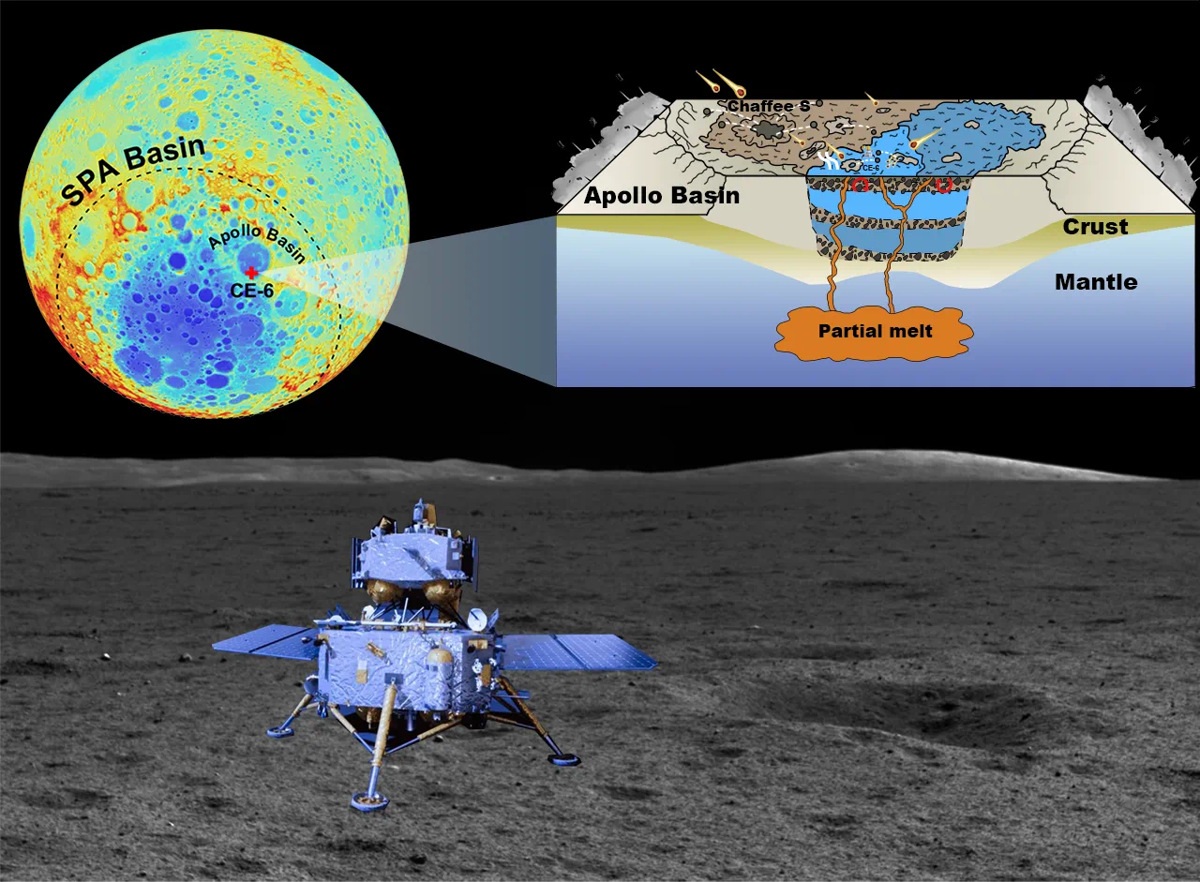World-first study analyzes minerals on far side of moon

A schematic diagram of the soil evolution process in Chang'e 6 lunar samples. [Photo provided to chinadaily.com.cn]
Shandong University released the world's first mineralogical ground truth report on magnesium-rich pyroxene annulus from the far side of the moon. The findings, derived from samples returned by China's Chang'e 6 mission, shed new light on the composition of the South Pole-Aitken Basin, the moon's largest, deepest, and oldest crater.
Published in Communications Earth & Environment, a journal under Nature, the study marks a milestone in planetary science.
Cao Haijun, lead author of the paper and a researcher at Shandong University's School of Space Science and Physics, described the breakthrough as akin to performing a "deep X-ray scan" of the moon.
"For the first time, we have obtained high-precision ground truth data from actual samples, revealing previously unknown details about the far side's interior," Cao was quoted as saying by Science and Technology Daily.
The moon's far side has long been shrouded in mystery, with past studies relying solely on remote sensing due to the lack of physical samples. By employing Raman spectroscopic techniques on mare soil brought back by Chang'e 6, the research team successfully decoded the mineralogical makeup of the SPA Basin's Mg-pyroxene annulus, learning that it has an abundance of low-calcium pyroxene, a magnesium-dominant mineral.
The SPA Basin covers nearly one-eighth of the lunar surface. "These findings provide new insights into the origin of SPA mafic anomalies and far side mare soil evolution," said Cao.


